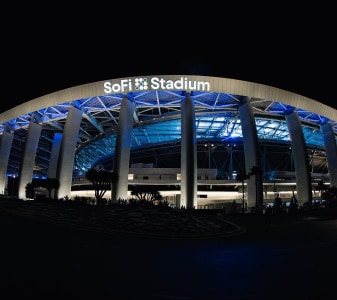Lead with signature insights
Because even visionaries need to see around corners
On the rise
Check out our most-clicked content
Thinking Fast charticles
Go beyond the headlines and get the facts on the biggest emerging topics. Dive into snack-sized content designed to help you keep up with what’s next.
Simplify complex business issues and frame smart questions with research and insights from Deloitte’s TMT Center.
The Center for TMT
Technology Fast 500™
The Deloitte Technology Fast 500 honors the most innovative, fastest-growing public and private companies from all over North America. Does your company have what it takes to make the list?
User Friendly podcast
How M&A can fuel semiconductor industry growth
With rapid advancements reshaping technology, mergers and acquisitions are becoming crucial in defining the semiconductor industry’s future. How are industry leaders navigating these shifts?
Tune in to the episode
Events
The Ripple Effect
CLIENT STORIES
See where our thinking can take you
Become a pioneering force in TMT
Shaping a better future
IndustryAdvantage™
Bringing all the strengths, tools, and talents of our business to help you transform yours. Explore targeted transformation.
Sustainability, climate, and equity
Check out our latest data-driven insights and perspectives that can help drive our collective understanding and embolden organizational sustainability.
Markets we serve



Capabilities
Ready to shape the future of the industry? We’ll be with you every step of the way so you can move forward with confidence. Learn more about our capabilities and services, from tax to consulting—and everything in between.
Meet the team

China Widener
Vice Chair and US Technology, Media and Telecommunications Industry Leader
cwidener@deloitte.com




















